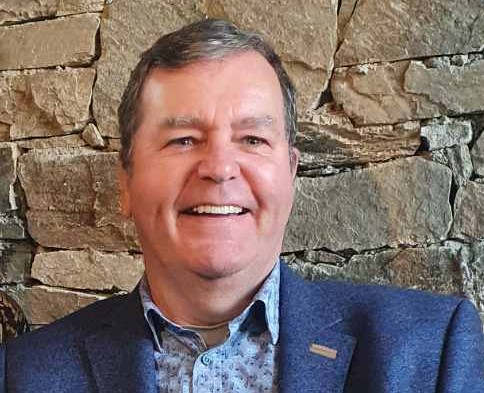Consider borrowing from lean techniques – What is Lean?
Lean is essentially the pursuit of the minimisation of wasteful practices by focusing on practices and activities which do not add value. In addition to focus on techniques for continuous improvement.
Why should we take the time to optimize our Quality Management System QMS at all? Especially if we consider that such a process is time-consuming. It takes resources and we have other priorities.
Simply put it allows to move away from a reactive system where we let the issues drive us to a more stable system where we develop more responsive processes. Please consider that any process improvements, standardization or harmonization should be understood as an objectives with clear rules and criteria for the best solution, based always on the underlying principles of performance and cost.
Ensure that the procedures we are using do not overburden our processes with too much unnecessary content, such non-value added or redundant content will usually be counterproductive or even worse will be ignored. Excessive detail may also require constant changes which may the operational efficiency of the quality management system.
Whilst EASA quality assurance is essentially just about compliance, If we are able to deliver continuous improvement, we can also improve our preventive measures and hopefully reduce costs
How to improve?
Step 1 Perform a QMS Reviews and Gap Analysis (But where is the standard?)
Assess the current audit practices used to identify specific gaps between the existing process and procedures by employing intervention techniques to interview key personnel, as well as observing processes taking place, compare the quality plan against all of the standard operating procedures (SOPs) and procedures around the quality audit and oversight systems.
(So we are keeping an open mind as to the possibility of delivering improvements rather than trying to take an “off the shelf solution”)
Step 2 Define the area or issues are perceived to be under performing?
Step 3 Develop measures which we can use to assess the potential shortfall and capability of the process?
Step 4 Analyze why the shortfall is occurring and to consider a range of mitigation’s which can be employed
Step 5 Choose the most appropriate solutions and implement
Final Considerations!
Start small and Involve highly experienced personnel wherever possible and ensure a positive communication plan for sharing information knowledge and ideas. Ensure sufficient stakeholder involvement to keep people on board. Avoid making the mistake of mixing both process and organizational changes. Let the redesigned processes to be the primary driver of organizational change. Later any required organizational changes may be delivered to accommodate the process change.
Sofema Aviation Services offers over 40 Quality related training please see https://sassofia.com/aviation-quality/
For further information please email office@sassofia.com





